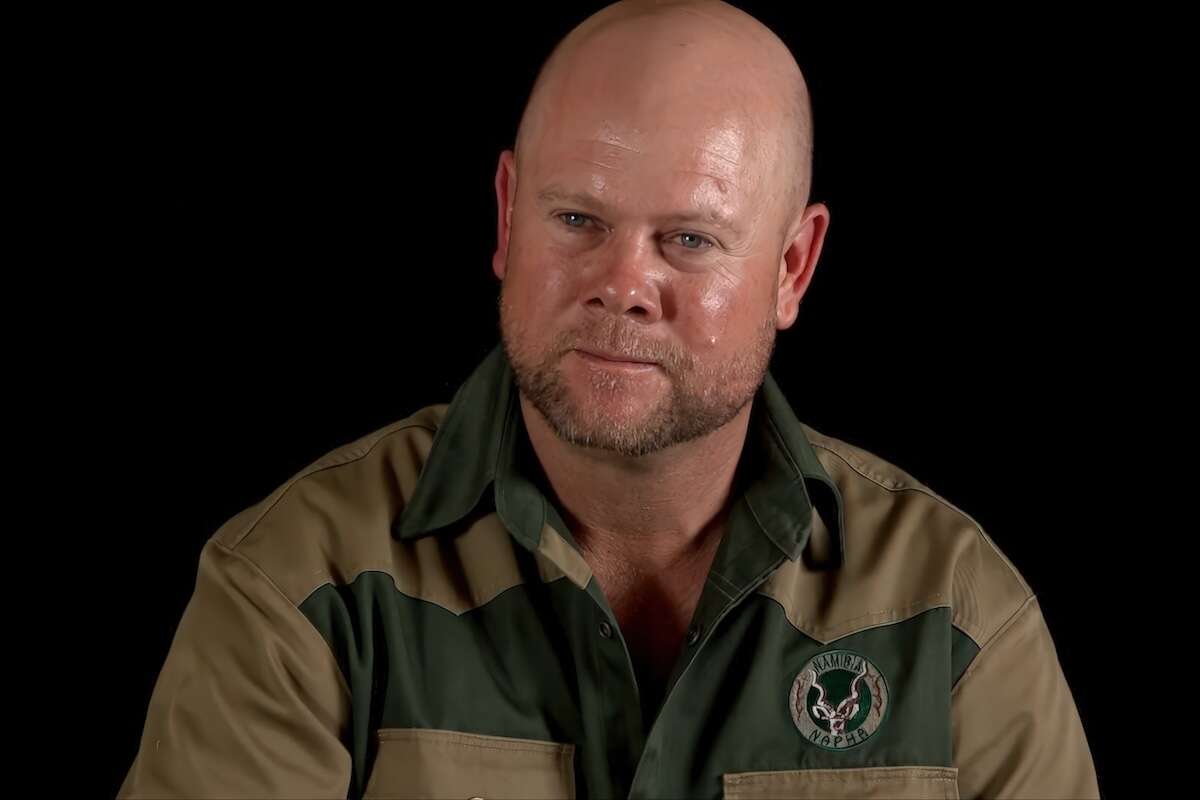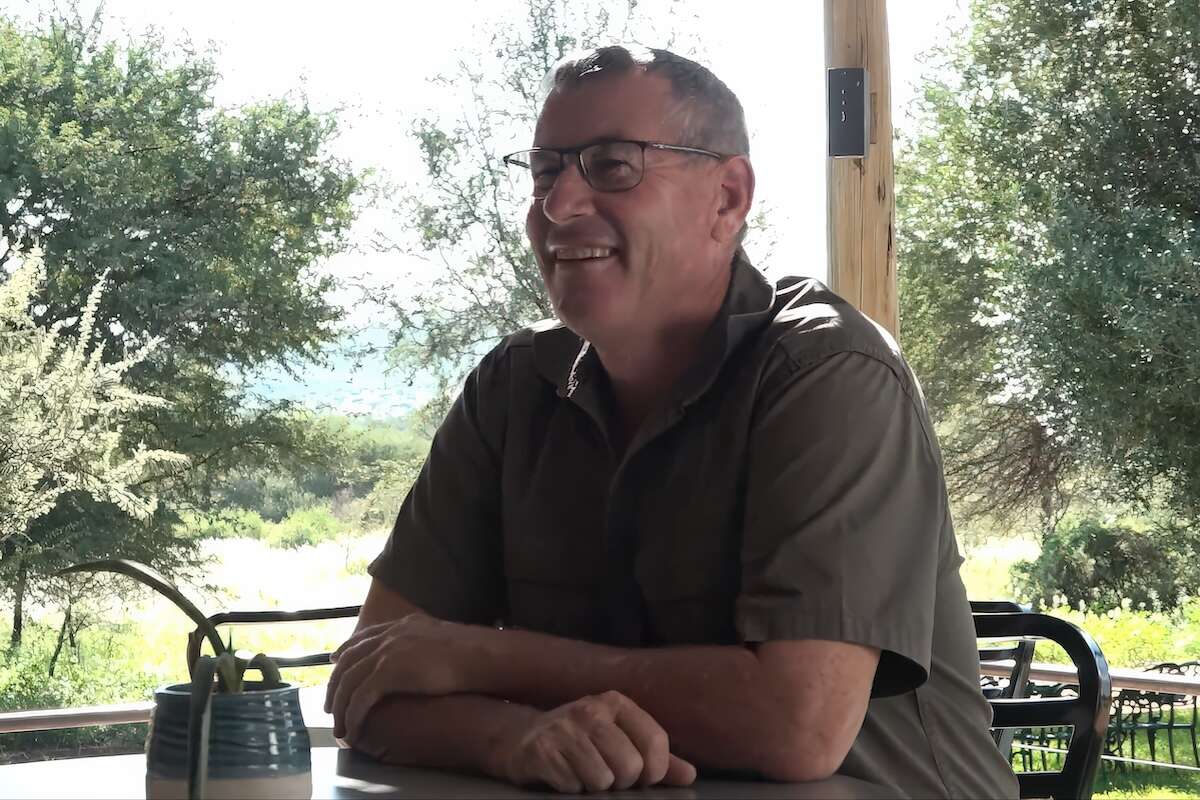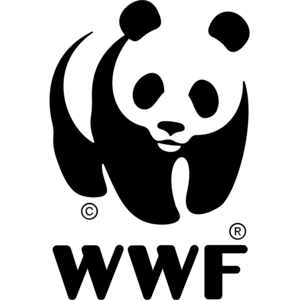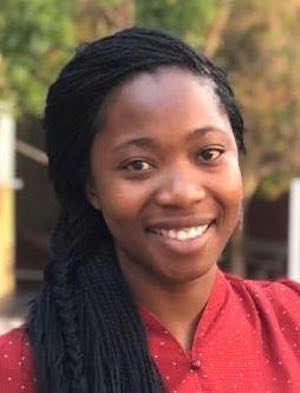

Placing Namibia in a Global Context
3rd October 2020
The Living Planet Report (LPR), based on the Living Planet Index (LPI) produced by the Zoological Society of London (ZSL) shows an average 68% decline in global populations of mammals, birds, amphibians, reptiles and fish, in less than half a century (from 1970 to 2016). The main cause of the dramatic decline has been attributed to habitat loss and degradation, including deforestation.
The LPR highlights how humanity’s increasing destruction of nature is having catastrophic impacts not only on wildlife and natural ecosystems but also on human health and livelihoods. Though the report covers a global scale, many of its conclusions and possible solutions apply to southern African countries at the regional level, and also to Namibia specifically.
The KAZA landscape

As the planet’s largest Transfrontier Conservation Area (TFCA), the Kavango Zambezi (KAZA) TFCA is home to an array of Africa’s iconic species that live alongside 2.6 million people living in five countries – Angola, Botswana, Namibia, Zambia, Zimbabwe. It hosts more than half of the continent’s elephants (estimated 220,000), a quarter of Africa’s wild dogs, 15% of the continent’s lions, 15% of the world’s wild cheetahs, 200 species of mammals, and more than 600 bird species. Yet even this landscape has not been spared by the decline.
Despite these abundant species, KAZA experiences many of the same threats that have contributed to the current status of the planet, as presented in the LPR. Threats it shares with other parts of the world include biodiversity loss, human wildlife conflict, wildlife crime, and unplanned development. More KAZA-specific threats include differences in environmental legislation among the host countries and veterinary fences blocking animal migration routes.
The Namibian Situation

The Ecological Threat Register combines measures of societal resilience (related to economic and political stability) with comprehensive ecological data to rank countries according to their vulnerability to and ability to cope with extreme ecological shocks, particularly in the light of climate change. The 2020 Register reveals that Namibia faces five ecological threats, putting it among the top three countries in terms of vulnerability to ecological shocks. The key issues Namibia faces, according to this ranking, are food insecurity, drought, water stress, population growth, and floods. The country nonetheless scores highly in terms of peace and stability and is therefore more capable of responding to shocks than countries that have no stability.
Ecosystems and the biodiversity they support underpin Namibia's economy and human well-being. About 70% of the country’s population directly relies on natural resources for their livelihoods. Mining, fisheries, agriculture and tourism are the backbone of the Namibian economy. Each of these sectors depends on the wise management of natural resources and biodiversity to ensure their long-term contribution to the economy. Namibia derives approximately N$ 13 billion in revenue annually from biodiversity, an estimated 40% of which comes from tourism. Threats to Namibian ecosystems are thus direct threats to economic prosperity and social welfare.
This year’s LPR took a deep dive into two global issues that also affect Namibia – climate change and threats to freshwater ecosystems. Climate change predictions for the country reveal lower rainfall and increased droughts, which will exacerbate food insecurity and have a severe impact on agricultural production (click here for the global report). Freshwater is extremely scarce in Namibia, yet the perennial river systems in the north-eastern parts of the country are an integral part of many livelihoods in these regions (click here for the global report).
The Way Forward

It is clear from the above that severe ecological challenges lie ahead for Namibia, many of which we share with the rest of the world. WWF has proposed a global New Deal for People and Nature as a way to address the concerns raised in the LPR, but what would this look like for Namibia? We already have strong legislation that allows people to manage their own natural resources in a sustainable manner, but how do we use this foundation optimally to prepare ourselves for an uncertain future?
First, we need to diversify the agricultural sector through focusing on production of indigenous desert-adapted plants and animals rather than relying solely on imported species. Our wildlife represent an excellent renewable, eco-friendly resource that can be further expanded to create more jobs and increase the habitat available for wildlife. Another promising avenue for diversification is to consider efficient ways of using bush resources in the central parts of the country in a manner that improves long-term rangeland production.
Second, the mines and energy sector must contribute to our long-term resilience, rather than detract from it. Mining can be done in an environmentally and socially responsible manner that goes beyond financial profit by contributing to sustainable development goals and minimising their environmental impact. Mines can also lead the way in developing sustainable sources of clean energy and potable water, such as solar power and desalination, respectively. Companies that try to short-circuit the environmental assessment procedures or show no interest in truly investing in Namibian people and our environment should not be welcomed.
Third, our plant and fish resources need more attention. We now have the systems in place to support community fisheries and community forests. These structures need continued support to conserve their resources, at least on a par with the support provided to communal conservancies. Particularly in the north-eastern part of Namibia, there is immense pressure on Namibian fish reserves and hardwoods – the communities who rely on these resources must be empowered to protect them and derive benefits through sustainable use.

Fourth, our critical tourism sector has suffered tremendously due to Covid-19, and it is critical that we not only support the sector’s recovery but also consider ways to improve its sustainability. Photographic and hunting tourism operators can play an important role in educating their guests about Namibian conservation and helping communities who live with the wildlife that their guests come to see. The sector must also consider new ways to reduce their carbon footprint through improving their own operations and providing guests with opportunities to offset the carbon costs of their travels.
Finally, we need to engage our youth in environmental issues and support students in these fields to develop strong local capacity to support conservation efforts in future. Environmental education is not a luxury but a necessity – even young people who choose other careers must be aware of how their lifestyles impact the environment and what they can do in their chosen sectors to conserve Namibia. We further need to recognise and develop the young leaders who are putting up their hands to take the country forward – if you know a promising young conservationist, you can nominate them as one of the Top 100 Young African Conservation Leaders here.
These are just a few ideas for the way forward, and it is encouraging that many of these are already starting to be implemented. These first steps need to be supported and expanded if Namibia is to play its part in creating a sustainable future for our planet.
For articles on similar topics, please click one of the following options:
If you enjoyed this page, then you might also like:




WWF is one of the world’s largest and most respected independent conservation organisations, with over 5 million supporters and a global network active in more than 100 countries and territories. WWF's mission is to stop the degradation of the Earth's natural environment and to build a future in which humans live in harmony with nature, by conserving the world's biological diversity, ensuring that the use of renewable natural resources is sustainable, and promoting the reduction of pollution and wasteful consumption.
www.panda.org/newsWWF Namibia
WWF is one of the world’s largest and most respected independent conservation organisations, with over 5 million supporters and a global network active in more than 100 countries and territories. WWF's mission is to stop the degradation of the Earth's natural environment and to build a future in which humans live in harmony with nature, by conserving the world's biological diversity, ensuring that the use of renewable natural resources is sustainable, and promoting the reduction of pollution and wasteful consumption.
www.panda.org/newsWWF Namibia

Siphiwe Lutibezi is the Communications Officer at WWF Namibia with a background in Environmental Biology and Nature Conservation. She loves photography and is passionate about people and the environment and working with young people in sharing why nature matters.
Siphiwe Lutibezi is the Communications Officer at WWF Namibia with a background in Environmental Biology and Nature Conservation. She loves photography and is passionate about people and the environment and working with young people in sharing why nature matters.
We use cookies to monitor site usage and to help improve it. See our Privacy Policy for details. By continuing to use the site, you acknowledge acceptance of our policy.